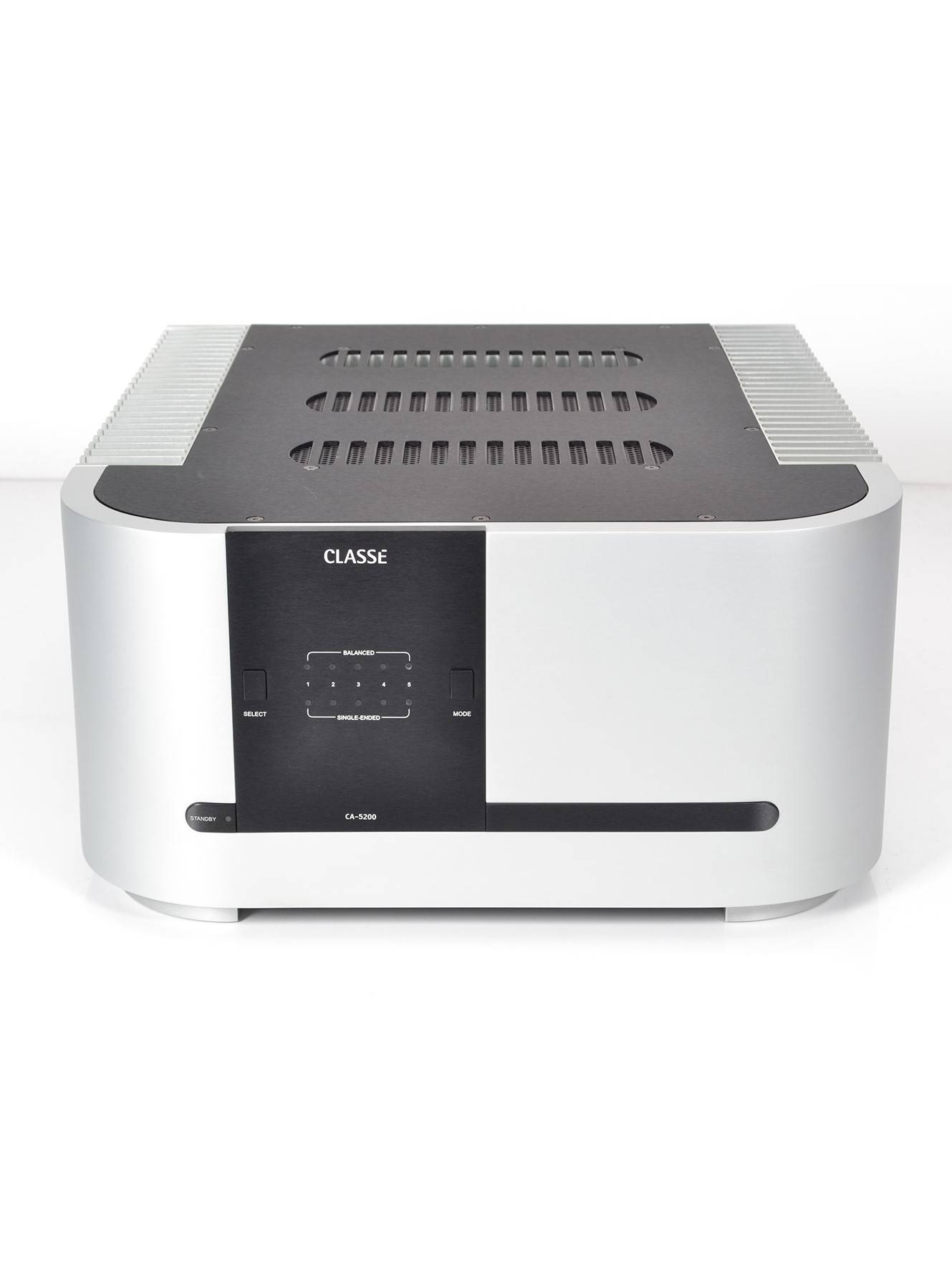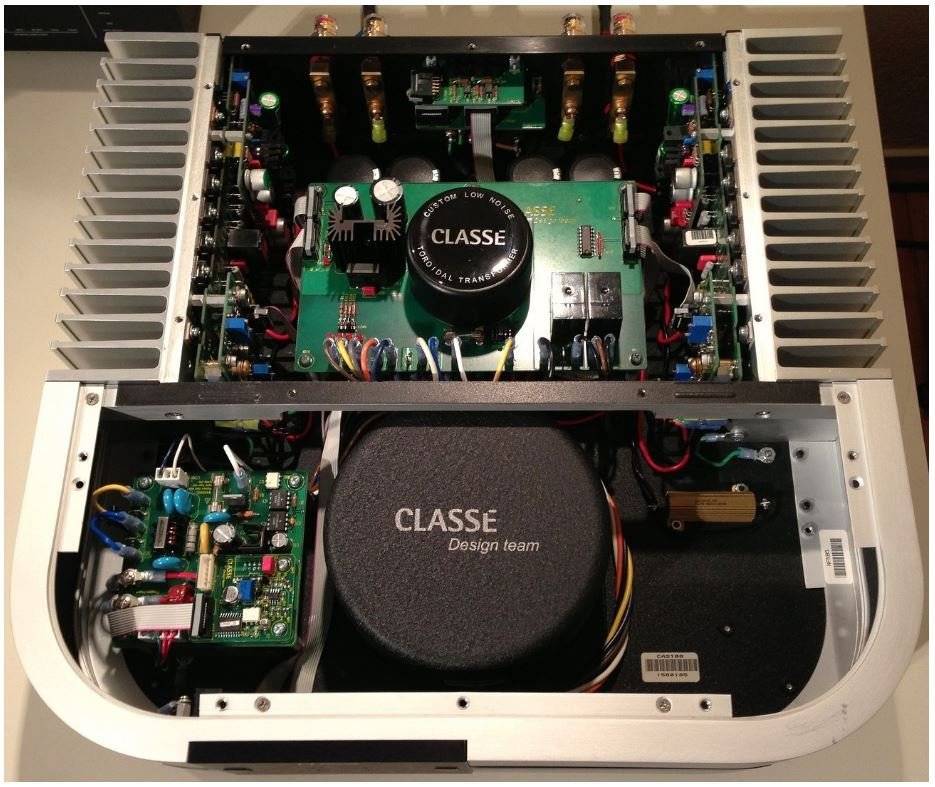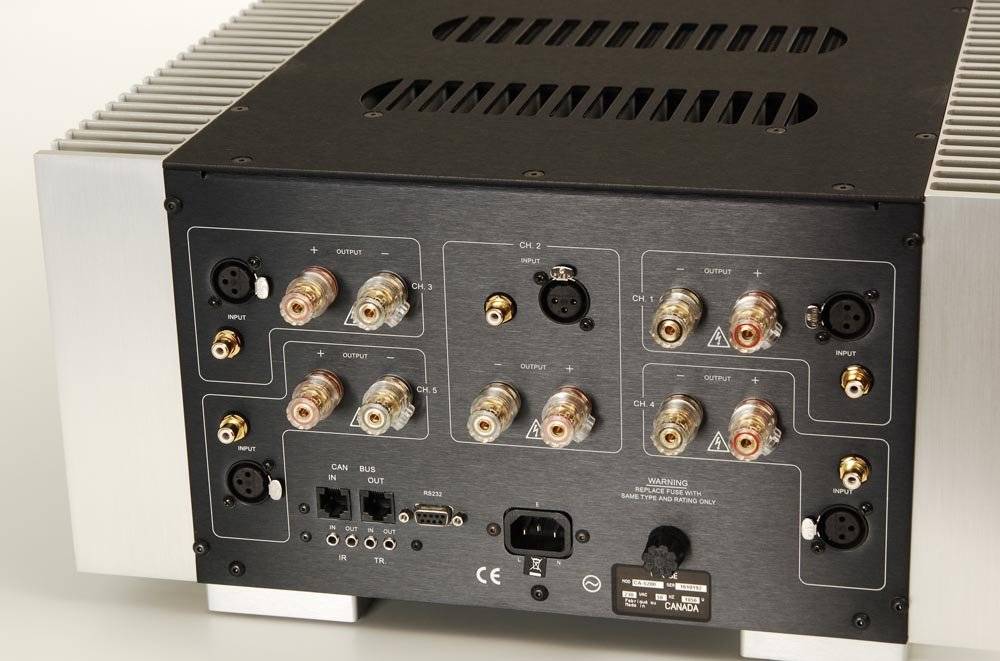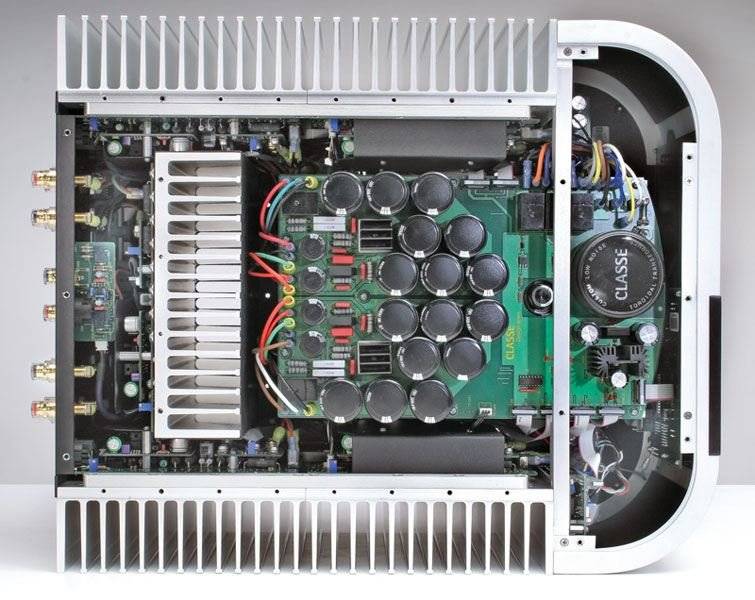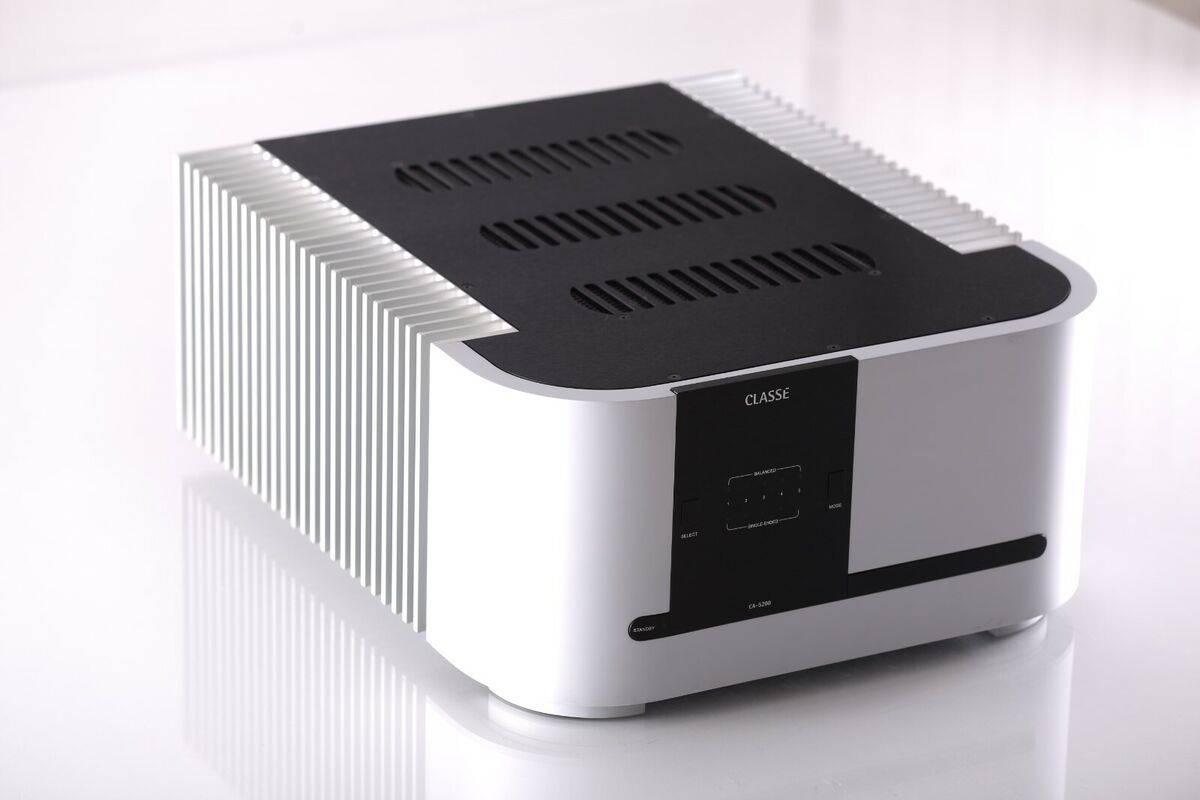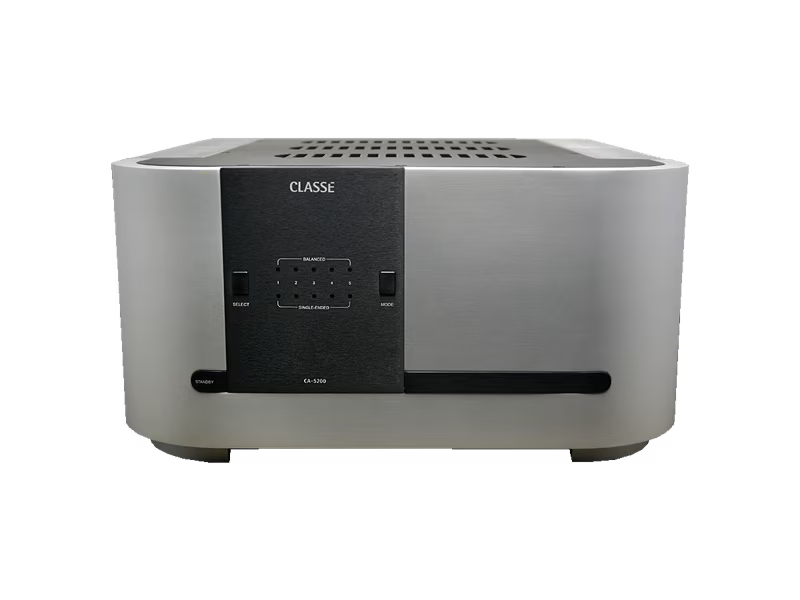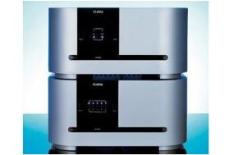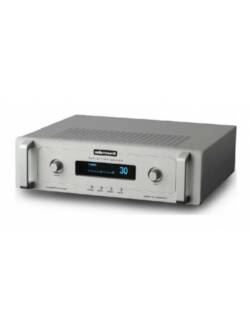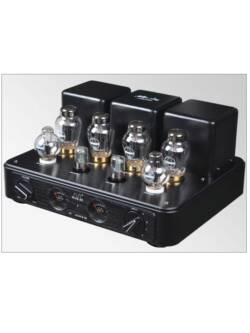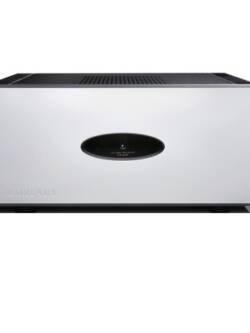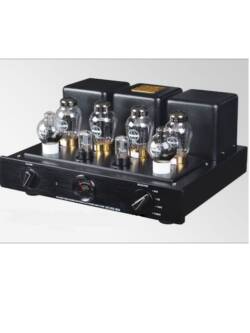Classe CA-5200 Amplifier (5x200W) MINT
Original price was: R240,000.00.R60,000.00Current price is: R60,000.00.
CA-5200 5ch Power Amplifier, First 50W pure Class A
Power: (continuous) 200 Watts RMS x 5 into 8 Ohms, 370 watts into 4 ohms
Frequency response: 10Hz to 22kHz
Total harmonic distortion: 0.003%
Gain: 29.1 dB
Input sensitivity: 1.4V
Signal to noise ratio: 108dB
Speaker load impedance: 4Ω (minimum)
Dimensions: 445 x 222 x 534mm
Weight: 55kg
Description
Introduction
Classé, long renown for building CD players, preamps, processors, and power amplifiers, began in 1980 with its first amplifier.
The company is located near Montreal, Quebec, Canada. The president of Classé, Mike Viglas, took it over from David Reich who originally founded the company, and has managed it for the past two decades.
In 2001, Classé became part of the B&W Group, which is based in the U.K. As most consumers know, B&W is famed for their speakers.
The CA-5200 is the latest of Classé’s multi-channel power amplifiers.
The Design
Delivering 200 watts rms x 5 into 8 ohms, and nearly 400 watts rms x 5 into 4 ohms, the CA-5200 is a power house. Weighing in at 121 pounds, it contains a 2.5 kVA (2,500 watts) toroidal power transformer that has dedicated secondaries for each of the five channels.
Each channel has its own set of power supply capacitors, rated at 46,800 μF, with a DC voltage of ± 84 volts. That provides 165 Joules of energy storage for each channel, and a total of 825 Joules. That is a huge amount of energy! The large transformer and set of power supply capacitors is why the amplifier can just about double its power output into 4 ohm loads.
The input stage uses J-FETs because of their high input impedance (eliminating the need for coupling capacitors), while MOSFETs are used for the driver stage, and bipolar transistors for the output stage. Bias adjusts itself depending on the demands, such that about 30% of the output is always in Class A. As a result, the amplifier gets pretty warm during use, and should be given plenty of ventilation.
The front panel has a power Standby On/Off button and two other buttons that let you select each channel to be run in balanced (XLR input) or unbalanced (RCA input) mode. If the 5200 is receiving AC, it stays in standby mode, which readies the power supply for power-on. I did find that it took about a half hour from a fresh power-on to having the 5200 sounding its best (it was a little too bright when listened to immediately). The standby power configuration does not affect this, so you will need to wait a bit before doing any serious listening.
The rear panel, shown below, has an XLR and RCA input for each channel, along with a set of five-way speaker binding posts. They are not labeled as front left/right, center, and rear left/right, but you can see from the way they are laid out on the panel, that the top ones might be connected to the front left/right, the center one to center, and the bottom ones for rear left/right, just for ease of connecting things over the top and down the back later on when you might not want to move the amplifier. That is what I did anyway.
The back panel also has jacks for triggering on/off, a bus to connect several amplifiers together so that they can all be turned on in sequence, and an RS232 port for upgrading software down the road.
The Setup
I tested the CA-5200 in our main home theater lab, with a Denon DVD-5900 DVD Player, a Yamaha Universal DVD Player, a Theta Casablanca III SSP, Theshold ES-500 full range electrostatic speakers (ESLs) for the front left/right, and Final Acoustics ESLs for the center and rear left/right. The projector was a Panasonic PT-AE900U, and the screen was a Stewart Grayhawk. Cables were Nordost. The Casablanca is fully balanced and was connected to the CA-5200 using balanced XLR cables, with the front panel set to balanced for all channels.
In Use
As I mentioned previously, the CA-5200 needed a good half hour of warm-up before I could do any serious listening.
Although I have had more powerful amplifiers in the home theater lab, I have never had any that delivered more detail than the CA-5200. This was evident with the first movie I watched using it.

The latest Star Wars installment, Revenge of the Sith, has about 20 minutes of battle scenes at the beginning, and in among all the sounds of rockets and explosions, Anakin and Obi-Wan Kenobe are conversing over their radios while piloting their star cruisers. Using the CA-5200, I could easily understand what they were saying. This means that there is not a lot of harmonic mush that would otherwise make voices unintelligible when in the middle of other loud noises.

Here is another example of sounds within sounds. Towards the end of the story, Anakin and Obi-Wan have a light saber battle on a planet that seems to be one big volcano eruption. When the sabers are swung or contact each other, they make a very distinctive sound, and in this case, they had to be distinguishable from the background roar, which they were. This may seem trivial, but it is not. It is very difficult to do.
In Spielberg’s latest film, War of the Worlds (2005), we are presented with a similar dilemma, namely human voices with a lot of special effects going on at the same time.
At the beginning, when Ray Ferrier (Tom Cruise) and his daughter Rachel (Dakota Fanning) look at the strange clouds forming over their town, the winds howl around them while they talk about the storm. It is so important to have an amplifier that does not mush up the midrange with current-hungry effects that would otherwise make voices not understandable.

As the story intensifies, and the invaders destroy the countryside, power is the name of the game, and the CA-5200 never ran out of steam. (All screen shots copyright with the respective studios.)

Now that 5.1 music is common, a multi-channel power amplifier is expected to play all types of CDs, as well as D VD-As and SACDs, and not sound like it would rather just be blowing out the windows.
VD-As and SACDs, and not sound like it would rather just be blowing out the windows.
For example, with this new Telarc multi-channel SACD release (2SACD-60628) of several Mahler pieces, the delicacies of the orchestra, off-stage brass, and baritone voice were conveyed in a superb manner with the CA-5200. And even with seemingly quiet passages, don’t forget that leading edge transients can still demand high current, even for just an instant. This is especially so with the incredible dynamic range that high resolution music has these days (DVD-A and SACD).
Conclusions
The Classé CA-5200 is a magnificent amplifier, worthy of any home theater and audio system. It has power to plumb the depths of any movie, and yet maintain an intricate feeling of detail, all the while that the room may be shaking with sound effects or musical passages.
Classé has always built reference quality products, and the CA-5200 continues that trend. It’s a knockout!
